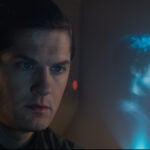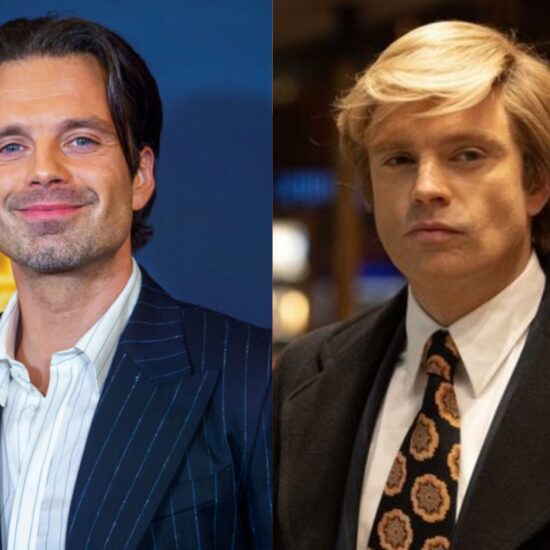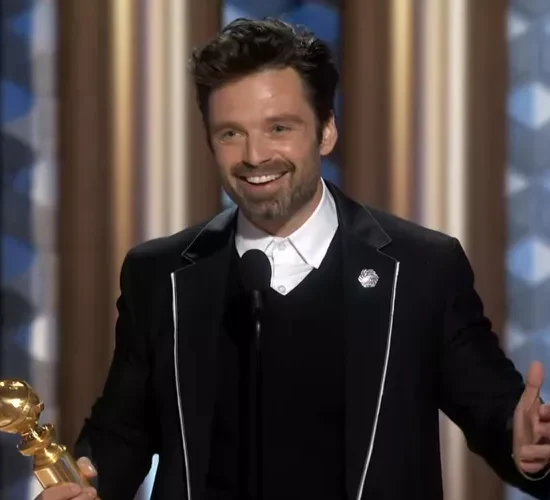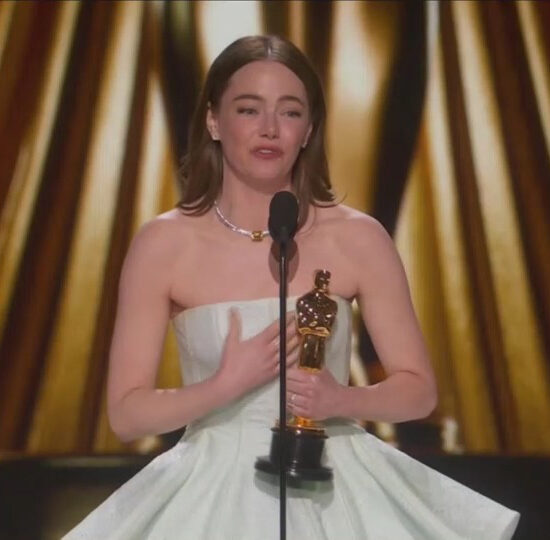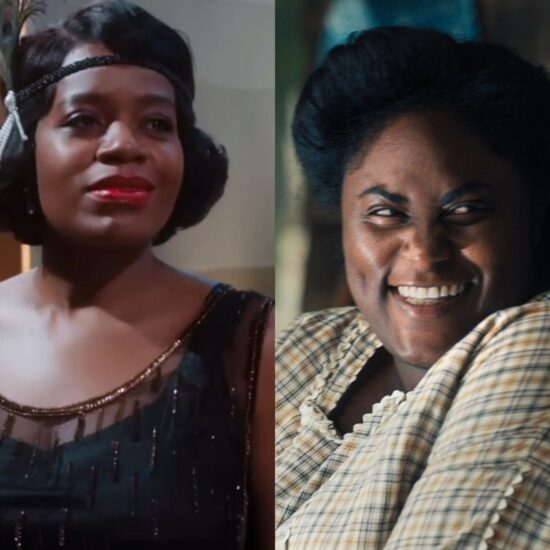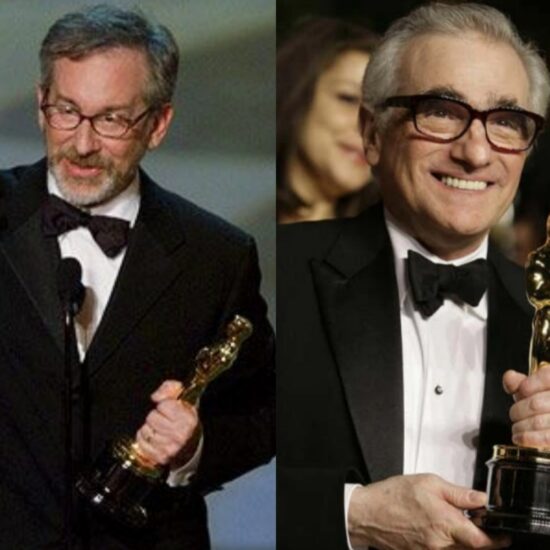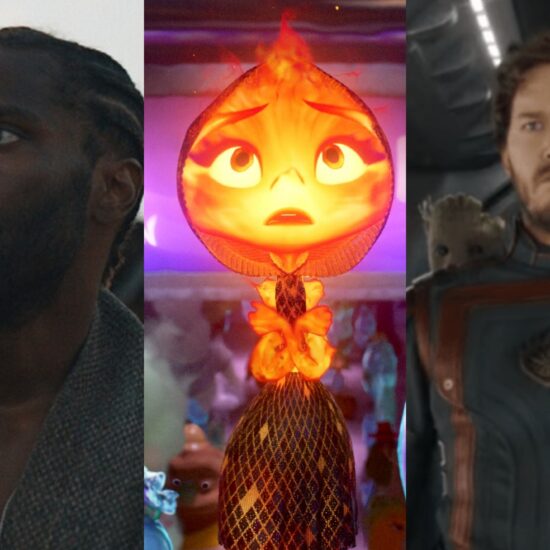
“Andor” Episode 4 just debuted on Disney+ in the “Star Wars” series’ second week of release (the first three episodes were dropped on premiere day), and more than anything, this installment of the series cements that the new show is a very different approach to a galaxy far, far away. And that, according to showrunner Tony Gilroy, was entirely by design.
“Andor” follows the radicalization of Cassian Andor (Diego Luna), who we last saw giving his life for the nascent Rebellion in “Rogue One.” The show eschews the almost videogame-like plotting of Lucasfilm’s breakout series “The Mandalorian” for something grittier and earthier; textures feel tactile; characters feel troubled and broken, they look for their way and move in with their parents; dialogue is emphasized. It might be the best thing Disney+ has produced. And most of that has to do with one man: showrunner and creator Tony Gilroy.
Gilroy worked on “Rogue One.” He has a screenwriting credit but some have suggested that he took over the actual direction of lengthy reshoots after an initial version proved lackluster, replacing, to one degree or another, original director Gareth Edwards.
When TheWrap joked with Gilroy that this was the longest rewrite job in Hollywood history (“Rogue One” was released back in 2016), he laughed. “I don’t spend a lot of time talking about ‘Rogue’ and I don’t really get into the weeds on it, but that was a mostly problem-solving, clinically driven, energized all-hands-on-deck kind of experience,” Gilroy said. “I mean, this is like building an entire civilization from scratch.”
Well, maybe not from scratch.
“Andor” was originally announced back in 2017 as one of several “Star Wars” projects being developed for Disney’s upcoming direct-to-consumer streaming platform, Disney+. It was initially developed by “Encanto” filmmaker Jared Bush, who wrote a pilot and created a series bible. By November 2018 Stephen Schiff had been installed as showrunner and in 2019, at the D23 Expo, Lucasfilm president Kathleen Kennedy announced the “Andor and K-2SO” show, introducing Luna and Alan Tudyk, who did the performance capture and provided the voice of K-2SO, onto the stage.
In 2019 it was announced that Gilroy had boarded the project, working alongside Schiff, but by 2020 he was announced as showrunner, head writer and executive producer of the series, now simply called “Andor.” As George Lucas once said, this situation rhymes, like poetry.
“They tried it a couple times. They tried it very admirably. When we finished ‘Rogue’ and then Kathy had the idea for doing this prequel, I thought that’s a cool idea, but the money wasn’t there,” Gilroy said. “You couldn’t really do a ‘Star Wars’ TV show. They didn’t have the money six years ago to do a show. Nobody’s doing shows like that. It just was economically unfeasible. There was no streaming. It just seemed like, ah, are you going to do some smaller version of something? It’s not a good idea.”
Still, Kennedy and Lucasfilm went ahead and attempted to develop the idea, one that Gilroy describes as “very credible.” Sensing that there were potential problems ahead, Kennedy gave the proposal to Gilroy for feedback. “And I said, ‘Look, I think it’s super pro, but it’s absolutely claustrophobic. You’re going to run out of road instantly. What can they do? They’re going to do the same thing every week. It doesn’t go anywhere.’ And she said, ‘Well … ‘” Gilroy recalled.
Gilroy composed a long memo about what the show should be, “as a friend in court, really more than anything else.” It ended up being, by Gilroy’s own admission, “a manifesto.” “It was insane and wildly expensive and crazy and all my dark s–t. And then they tried to do an upgrade of the other version that they had. And I think that in the end, they just kind of ran into the same problem,” Gilroy said. “It just ran out of road and they came back and they looked at this memo and they were like, ‘Oh, now we have the money to make these kind of shows and we really want to do this.’ And then we danced forward for six months and kept testing each other all the way through as we got closer and closer, but that’s the evolution.”
One of the things Gilroy insisted on was a finite amount of episodes: two seasons of 12. There are practical reasons behind not going on (“Diego would be too old” being one of them) but also storytelling considerations. “Seeing four episodes does not prepare you for how massive the show is going to be and how abundant it’s going to be and how overwhelming it is to make,” Gilroy said. “I don’t think anybody’s going to begrudge us only doing the two because you just physically couldn’t do it, I don’t think. I couldn’t.”
After not directing any of Season 1, Gilroy confirmed that he wouldn’t be directing any of Season 2 either. “We get such a bump when the directors come in from their excitement and their energy and their greed to have a new person who really wants to come and is really aggressively trying to make their bones,” Gilroy said. ”It’s a really good, after we’ve been working on something for six or seven months, to have them come in and get somebody in here with new energy. It’s really helpful.” The first season is directed by Toby Haynes, Susanna White and Benjamin Caron.
When I ask if there was anything that was hard to get through the approval process (in the first four episodes characters have sex and commit subterfuge and our “hero” murders two men in cold blood), Gilroy says that it wasn’t really an issue. “We’ve had very little adult supervision along the way. No kidding. We are very much left to our own devices here,” Gilroy said. “It’s a very small brain trust of people that figure out what to do.”
One of the coolest new ideas is the idea of a corporately owned planet, who sends out their own paramilitary force to hunt down Andor (to predictably disastrous results). Initially thought of as a starting point for Syril (Kyle Soller), a kind of overzealous corporate cop, it still fits perfectly into the world of “Star Wars.”
“It also is absolutely canonically pure. This is the moment as the Empire is absorbing everything else as they’re spreading. One of the things they’re doing is nationalizing all these corporate planets,” Gilroy explained. “By the time we’re done, we’ll have shown all the ways that the Empire, with all of its fascistic appetites, is being satisfied around the galaxy, in every variety of way – environmentally, corporately, economically, socially, every way. And it was a cool way to do that.” Yes, it was.
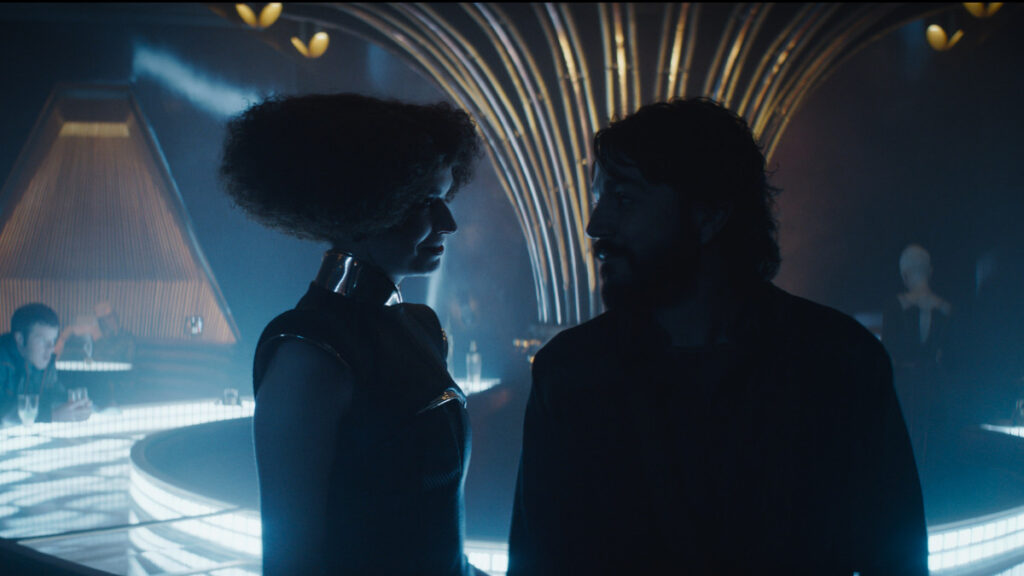
Much has been made about the way that “Andor” looks, too, eschewing the screen-based technology (called StageCraft) that powers “The Mandalorian” and its spin-off “The Book of Boba Fett.” While Gilroy acknowledges the benefits screen technology he also notes that it’s “a brand new tool.” “It’s a pretty simplistic tool with some pretty serious limitations. It’s a box and you can go in it, but you can’t go past a certain point. It’s very expensive. But the main thing about it is you have a completely different workflow,” Gilroy said.
One of the big downsides, according to Gilroy, is that “you have to do all the post work first.” “You shoot all your plates. All your stuff has to be figured out. The actors have to know exactly where we’re going to be, they can’t move. It’s all done before,” Gilroy said. “When we shoot, we’re just beginning.” Gilroy also pointed out that “The Mandalorian” and “Boba Fett” are half-hour shows with smaller stories. “We’re doing 12 hours of 190 speaking parts along the way. We’re going for an abundant show. And economically it’s a disaster to do that. And you can’t mix,” Gilroy said. “You can’t sort of say, ‘Oh, I’m going to be a vegetarian for the next two days. And then I’m going to go back to eating meat.’ You have to commit. It’s not a disagreement or an argument or a rejection. It’s just a matter of work and flow.”
And while it feels apart from what has been done in the “Star Wars” television space, “Andor” is still connected in a big way. Gilroy says that the final scene of the series is Andor boarding a ship to take him to the Ring of Kafrene, the orbital waystation where he meets Tivik, the informant character Daniel Mays plays in “Rogue One.” (It’s Tivik who first tells Andor about the Death Star.)
When asked if any other characters from “Rogue One” would be popping up in “Andor,” considering they are all still alive during the time period and many could potentially intersect, Gilroy bristled.
“Popping up is not something we’re doing. We’re not doing any popping up. If people are meant to be there, I mean, it’s logical to assume that if we’re going to go to Yavin at the end and there’d be who’s in Yavin,” Gilroy said. “And it’s logical to assume that everyone knows Forest Whitaker’s in here now as Saw Gerrera figures prominently into ‘Rogue.’ But no, there won’t be anything gratuitous. If people are there, they’re there for a reason.”
And maybe that’s the biggest difference between “Andor” and the earlier “Star Wars” television series on Disney+ — it doesn’t pander to the fan-base with unnecessary cameos and extraneous shout-outs. Even if it is technically a prequel series, it is a breath of fresh air.
New episodes of “Andor” stream on Disney+ every Wednesday.








